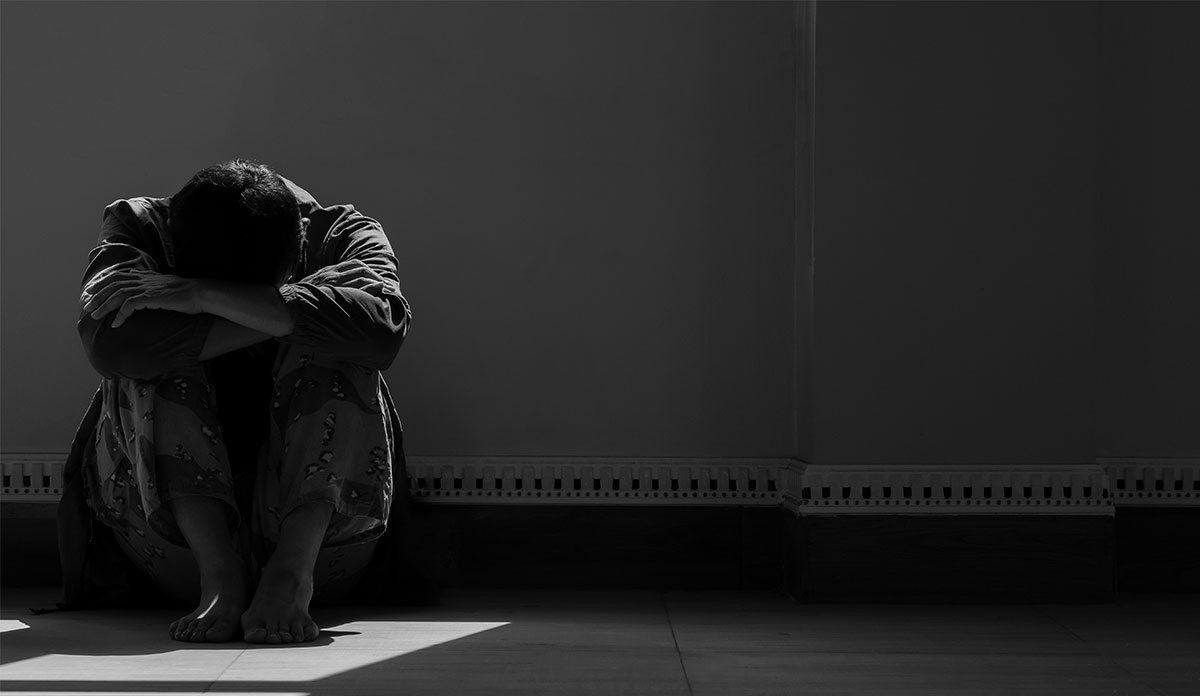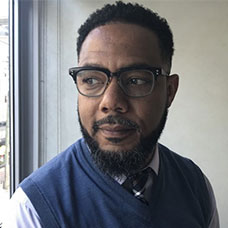The continuous threat of deportation poses a real danger for immigrants with ambiguous legal status. This is especially true for those from Latin America. Even immigrants with stable legal status (including some of us authors) fear instability. And we worry about loved ones caught within a fickle immigration system. Deportation devastates families, communities, and identities. And it exacts a heavy toll on our mental health.
The deportation process is demoralizing, often stripping people of their social support networks and confining them to dangerous and poorly operating facilities. Solitary confinement becomes the only form of mental health treatment.
The suicides of JeanCarlo Jimenez in 2017 and Efrain de la Rosa in 2018 at the notorious Stewart Detention Center in Lumpkin, Georgia, were horrific events that demonstrated the abuse perpetrated in U.S. Immigration and Customs Enforcement (ICE) facilities. Stewart Detention Center frequently used solitary confinement to isolate mentally ill detainees, despite various human rights organizations flagging this practice as torture.
Solitary confinement in these facilities is considered a suitable mental health treatment, but ICE staff often fail to prevent and intervene in cases of suicide. Stewart Detention Center is not an anomaly. Rather, it reflects immigration detention practices across the country. It is imperative that immigration activists and scholars examine the hidden ways that ICE operates and how their practices can lead to death and suffering.
We examined the language of ICE inspection audits, contracts, and detainee death reports from 2008 to 2018 in 116 detention facilities across the U.S. to uncover patterns across varying facilities. The examination of these ICE documents shed light on what we call “organizational failure,” which is the bureaucratic practices of ICE that are normalized and never held accountable for any wrongdoing. It is important to note that these federal documents were not written with the intention of being seen by scholars, activists, and immigrants. As such, they offer greater insight into an organization that has routinely been criticized for operating behind a veil of secrecy.
Then the inadequate infrastructure of processing and detention, so riddled with impediments to well-being, ultimately pushes detainees to the edge into deeper depression, anxiety, and thoughts of suicide.
We found that mental health in detention is chronically ignored, especially when analyzing the suicide of Jesus Deniz-Sahagun on May 20, 2015 after three days of horrific negligence at the Eloy Detention Center. Since 2003, five suicides have occurred at the Eloy Detention Center, and these are only the deaths classified as official suicides. Suicides or deaths that occur outside ICE custody are not included in the official numbers, meaning that many other suicides due to the harm and dangerous conditions remain uncounted.
Systemic racialization begins with the negative characterization and criminalization of certain immigrants, mostly Latinx. Then the inadequate infrastructure of processing and detention, so riddled with impediments to well-being, ultimately pushes detainees to the edge into deeper depression, anxiety, and thoughts of suicide.
ICE’s system of detention consistently normalizes organizational failure, jeopardizing immigrant lives through basic human rights violations, family separation, substandard living conditions. This system has minimal consideration of poor mental health, suicide prevention, and prompt and adequate intervention. ICE facilities are inadequately staffed and resourced, resulting in the failure to implement federally mandated protocols regarding detainees’ well-being competently and promptly. This failure comes at a cost, ultimately leading to unequal health outcomes for Latinx immigrants who are overrepresented across in detention facilities.
Photo via Getty Images

















